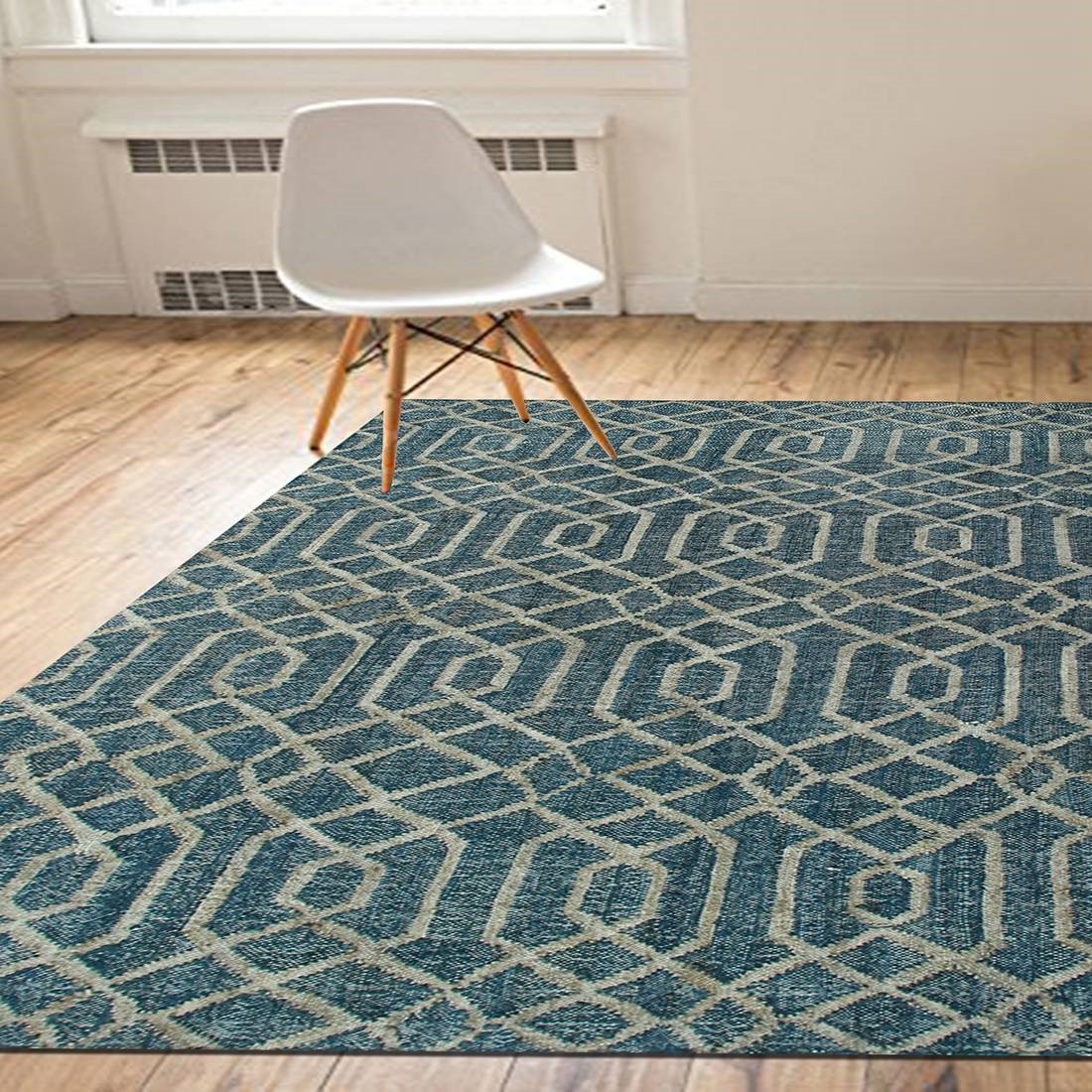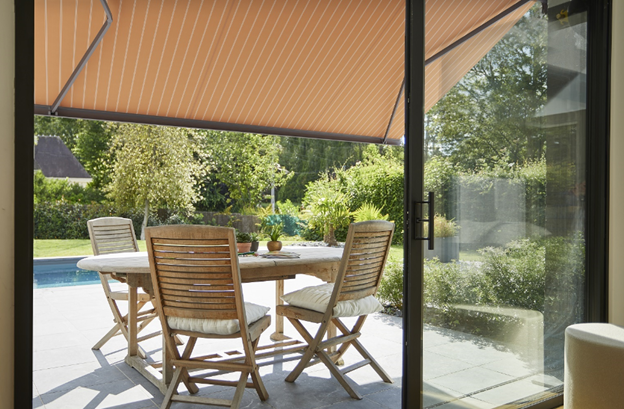A good rule of thumb is to get the most substantial size and highest quality rug you can afford, and to browse about. Investing in a high-quality rug ensures that it will last for a long time and will not show signs of wear and tear.
A rug is a simple way to bring new life to your floors and furnishings, as well as to completely change a space. For example, you may choose a muted grey rug, a bright floral design, or even a shaggy rug to complement your decor.
However, depending on the size of the space and the overall vibe you want to create, there are a variety of alternatives to consider before making a rug purchase.
Table of Contents
1. The Room
Different rugs are appropriate for different places. For example, hallways and kitchens tend to see far more foot traffic than bedrooms or living rooms; as a result, it is preferable to pick a rug that is both durable and simple to clean. When choosing a rug, choose for one that is somewhat deeper in colour or has a pattern, as they are less likely to reveal footprints in between cleanings.
2. Size
Measure, measure, and measure some more; don’t make educated guesses. Take measurements of your room and determine which dimensions will work best for you based on those measurements. The following are some guidelines to follow while selecting the appropriate size rugs for your room:
Avoid the ‘floating rug’ style, in which a little rug is placed in the middle of the room and does not contact any other furniture. While your rug may serve a variety of functions, like providing colour and pattern, one of the most important is to create an area that connects all of your furniture together. To do this, you should get a rug that is large enough to touch or go beneath furniture.
In the event that you are unsure of the size that would look best in your area, you may try piecing together pieces of paper or newsprint and covering the floor space you anticipate your rug will cover. This will give you an idea of the size and if you will need to go larger or smaller. It’s important to remember that the larger the rug, the more dominant the colour or pattern will be in the space.
3. Shape
You are not restricted to a rectangular rug of typical dimensions. When it comes to your dining room, a different shape rug may be more appropriate for your area. For example, if your dining table is round, you may want a larger circle rug to fit below the table and chairs.
4. Colour/Pattern/Style
Consider how you want to use your rug, as well as its surroundings – do you want it to be a focal point? A rug is an excellent way to bring a splash of colour into a space. A patterned rug may give charm to a space without being too overpowering in its appearance.
5. Fibre
In the house, various things are suited for different places, and factors such as the amount of time spent on upkeep and whether or not you have children or pets should be taken into consideration.
Acrylic
Acrylic is a durable and easy-to-clean material that may be tufted and woven to look like wool. It is typically a less expensive alternative to wool, with the added benefit of less shedding (fluff) and less upkeep is required.
Polypropylene
High-traffic areas benefit from this synthetic fibre since it is durable, easy to maintain, and long-lasting. They are available in flat weave or shaggy patterns, and newly produced fibres can now be made to feel extremely soft.
Viscose
A less durable fibre that is typically used to enhance the overall appearance of a rug adding a luxury or shine finish. The material is usually combined with wool to provide a high-quality product, but it is not advised for high-traffic areas because it is more sensitive.
Cotton
In comparison to other flat weave fibres such as sisal, jute, or polypropylene, it is a less durable fibre; yet the softness more than compensates for this.
Wool
In addition to being extremely soft underfoot, wool is a very durable natural fibre that is easy to clean and is also heat resistant, making it the most recommended rug fibre for use near fires and fireplace surrounds. Look for wool that has been grown at high altitudes since the fibres will be much more robust as a result.
Jute
Jute, a natural fibre, is exceptionally resilient and suited for use in high-traffic environments. It is available in a variety of weave patterns and possesses qualities that are comparable to sisal.
Sisal
The fibre is extremely durable (much more so than jute) and is ideal for high-traffic locations where a robust fibre is required. Underfoot, sisal might feel coarser than other flat weave fibres such as jute, polypropylene, and cotton because of its coarser texture.
Although the fibre is durable, it is important to avoid getting it wet when cleaning because it can discolour and extend the fibres – specific dry-cleaning kits for cleaning sisal rugs and carpets can be obtained separately.




